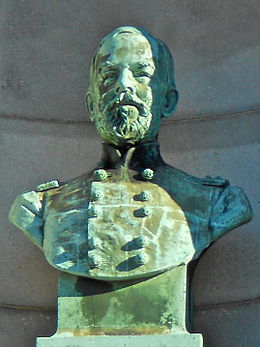THE TOMBSTONE HOUSE, PETERSBURG, VIRGINIA
The Tombstone House in Petersburg, Virginia is a wonderful example of waste not, want not. Or is it waste not, haunt-not? Only the owners would know.
Though it may look like a typical stone house, its foundation has macabre origins. The building was constructed in 1934 from the bottom half of government-issued marble tombstones that previously topped the graves of Union soldiers in Poplar Lawn Cemetery.
The soldiers all died in the siege of Petersburg, which lasted for nine months at the end of the Civil War. They were eventually buried at Poplar Lawn Cemetery. After their original wooden grave markers rotted away, the government installed upright marble headstones to take their place.
However, during the Great Depression, maintaining the cemetery and the headstones suffered because of scant funding. The city decided to cut the tombstones in half and lay the top halves, which were engraved with the soldiers’ details, on the ground so they no longer stood erect. These makeshift flat graves saved money on mowing and maintenance costs.
The bottom halves of 2,200 slain tombstones were then sold for the princely sum of $45. Their new owner, Oswald Young, used them to build his house, chimney, and walkway. Must be nice and cool (ghoul?) in the summer, but it may not the most inviting door to knock on during Halloween.
Know Before You Go
Easy access from the Squirrel Level Road Exit 65, off I-85. Go north on Squirrel Level, through the traffic light. Squirrel Level becomes Youngs Road. Tombstone House is the third house on the left, not even a half a mile off the interstate.
Source: Atlas Abscura
Note: The article is incorrect in one respect as the tombstones were taken from Poplar Grove National Cemetery, not Poplar Lawn “Cemetery”. Poplar Lawn is located in Petersburg and is now Central Park. During the siege it was the site of one of the Confederate hospitals and burials from that hospital were at Blandford Church Cemetery. Thanks to Chris Bryce for the clarification. By the way, Poplar Grove National Cemetery had gone under a wonderful restoration project in recent years. It was rededicated in April, 2017 and if you are in the Petersburg area it is well worth a visit.














